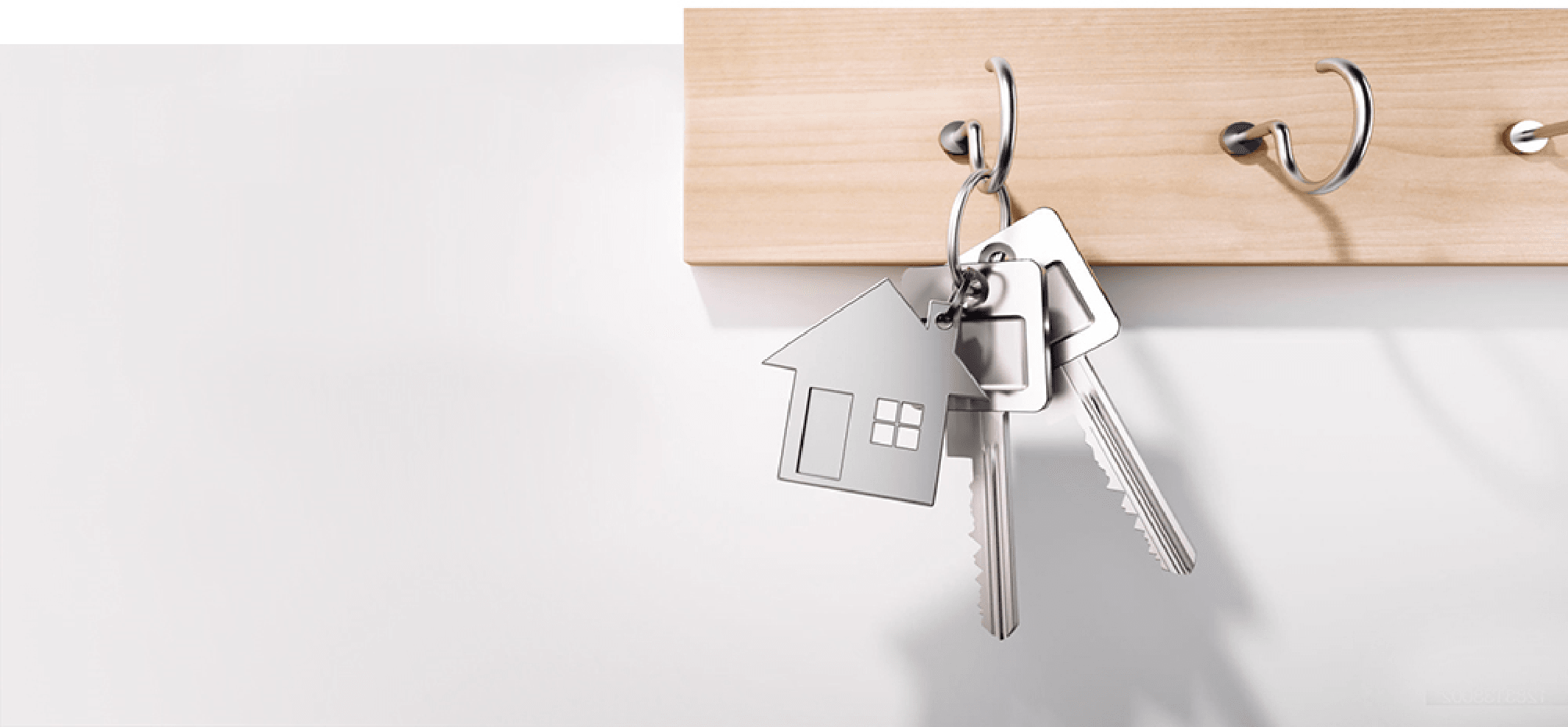Mould in rented properties
It is that time of year again when mould and condensation are problems. Its noticeable in the winter months when the weather is cold and damp.
The presence of mould is very unpleasant and can seriously affect your health and quality of life. Mould spores can aggravate allergies or breathing issues. So unsurprisingly this can lead to disputes between landlords and tenants.
It is a landlord’s responsibility to ensure a rented property is habitable and ensuring there is no damp or mould when a Tenant moves in. A landlord should inspect the property for damp and establish the damp as rising or penetrating damp or condensation.
Here are a few quick facts about properties, mould and damp
- Rising damp is often found in older properties post 1990 before damp proof courses became the norm and is often seen rising up a wall to about 1-1.5 metres and often characterised by white powder.
- Penetrating damp is often where a breach has occurred in the fabric allowing water to seep into the property. This maybe due to leaking roofs or gutters.
- Rising and penetrating damp are the responsibility of the landlord to prevent and/or repair.
- Condensation is usually characterised by black mould, and this can be both the landlord and the tenant’s responsibility.
Condensation is typically caused by internal water vapour settling as liquid water when it meets cold surfaces. It is usually found in bathrooms, kitchen, around windows and where there is little air flow. Condensation can be mitigated by heating and ventilation.
Landlords should check that a property is properly insulated especially in the roof. Some properties have cavity wall insulation and ideally properties should be double glazed. If possible, windows should have trickle vents and bathrooms have additional extractor fans to remove warm air outside. Dehumidifiers can also be used, and some are installed in roof spaces to reduce moisture content throughout the property. The property should have adequate heating to keep the water as vapour that can be expelled from the property before forming condensation.
However, condensation can be mitigated by the tenant who has a duty to ensure they are using the property correctly and not adding to or creating the problem. As a letting agency we send out leaflets around November/December to our managed properties to help Tenants deal with condensation, as often, people do not realise that they are creating condensation by living in a property. The leaflet explains what can create condensation like drying damp clothes on radiators or not opening a bathroom window after a hot shower and ensuring the property is properly ventilated. It all sounds obvious but sometimes things need pointing out to avoid problems down the line. We see this more often in bungalows or flats when the living space is all on one floor.
Should the Tenant be responsible for the build-up of mould during the tenancy, then it is possible to claim the cleaning cost and often treatment to remove the mould and then painting of walls and ceilings with anti-fungal paint to prevent the mould from coming back. You should ensure that you have clauses in the tenancy agreement to claim for mould removal, a good inventory with photos would also prove the condition of a property before the tenant moves in to show no mould present.
If the landlord has sufficient ventilation and working central heating to balance the inside temperature and the mould has appeared during the tenancy due to lack of preventative measures by the tenant, then the Landlord can hold the Tenant responsible for this and seek costs for rectification from the tenant from the deposit.


need conveyancing?
We know how stressful and expensive moving home can be and we are here to help your next move go smoothly by providing you with a free, instant conveyancing quote.
Contact us today
how much is your property worth?
Why Choose Emsleys? We're here to make selling your property as easy as possible. We’ll support you in all aspects of moving home; from an initial free market valuation, through to agreeing a sale.
Book a valuation
